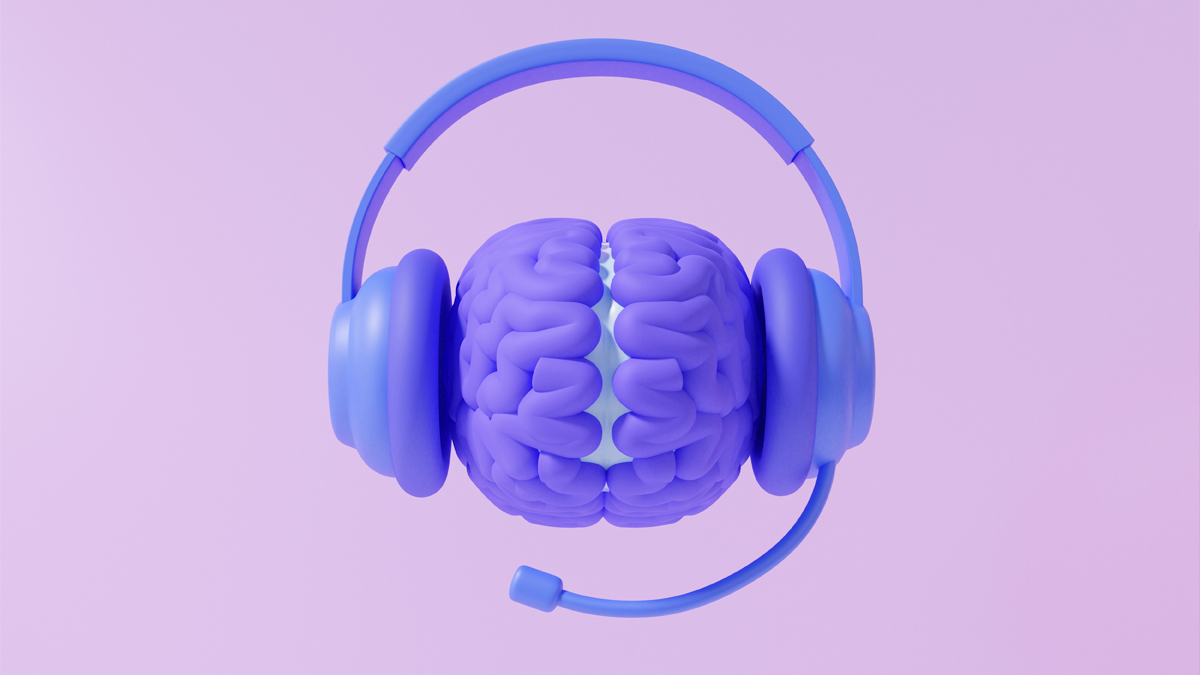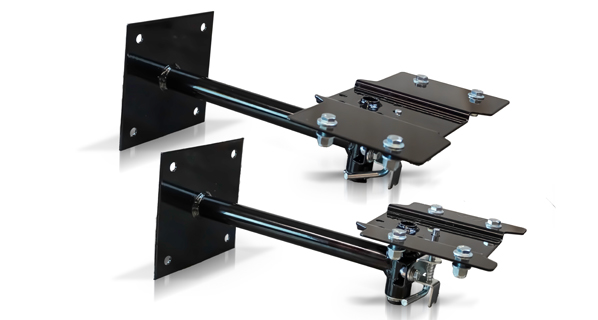The Habit Hack: Rewire Your Brain for Better Customer Service

Adobe Stock | N ON NE ON
By Kate Zabriskie.
Companies invest millions of dollars in training each year. Yet, even after extensive education and successful performance in a classroom environment, many seasoned professionals struggle to implement new techniques. Why? The power of habit is the answer.
Meet Lisa, a customer service manager with 15 years of experience. Despite her expertise, she finds herself stuck in a rut, unable to elevate her team’s performance. “We attend workshops and get fired up about new strategies, but within weeks, we fall back into our old routines. It’s so frustrating.” People like Lisa aren’t outliers. They are very often the norm.
The culprit? Our brains. Neuroscience reveals that good and bad habits are deeply ingrained neural pathways. These mental shortcuts allow us to navigate daily tasks efficiently, but they can also hinder growth and innovation.
This phenomenon is not unique to customer service. Across industries, from healthcare to finance, professionals find themselves trapped in difficult-to-break cycles of behavior. The brain’s preference for familiar patterns can be both a blessing and a curse. While it allows us to perform complex tasks without conscious effort, it can also make us resistant to change, even when that change is beneficial. So, how can we break free from this cycle and leverage brain science to create lasting change?
Identify Habit Triggers
The initial step in rewiring neural pathways is to recognize the habits that hinder progress. Common pitfalls include:
- Reverting to outdated business practices
- Taking shortcuts under pressure
- Becoming overly comfortable with routine tasks
It’s essential to dedicate time to observing behavior. When do old habits emerge? What triggers them? Identifying these triggers is crucial to interrupt the habit loop. It’s important to note that triggers can be external and internal. External triggers might include a ringing phone, a crowded queue, or a particularly challenging customer. Internal triggers include feelings of stress, boredom, or even confidence that lead to complacency. By mapping out these triggers, you create a roadmap for intervention.
Disrupt Established Patterns
Once triggers are identified, it’s essential to introduce disruptions. This process is not about willpower, but about creating new neural pathways. Consider these approaches:
- Engage in positive self-reflection: Regularly remind yourself of the habits you aim to cultivate.
- Practice mindful pauses: When faced with an urge to react, take a moment to breathe deeply. This simple act can interrupt automatic responses.
- Modify the environment: Rearrange workspaces or introduce visual cues to reinforce desired behaviors. The key here is consistency. Each time you successfully disrupt an old pattern, you’re laying the groundwork for a new, more beneficial habit. It’s like creating a new path through a field; the more you walk it, the more defined it becomes.
Cultivate Improved Habits
Eliminating undesirable habits is insufficient; they must be replaced with positive alternatives. Consider these strategies:
- Think about what should occur: Consider all options before defaulting to the tried-and-true choice before responding.
- Embrace thoughtful pauses: Resist the urge to rush. Quality interactions often require patience and careful consideration.
This step requires actively choosing new behaviors that align with your customer service goals. It might involve implementing a new problem-solving approach, adopting a more empathetic communication style, or utilizing technology in innovative ways to enhance customer experiences.
Reinforce
Neuroscience demonstrates that repetition strengthens neural connections, making new behaviors feel more natural over time. Think about the actions you can take to carve new mental pathways.
- Engage in daily reflection: Allocate time daily to review customer interactions, identifying successes and areas for improvement.
- Acknowledge progress: Set achievable goals and recognize when they are met. Positive reinforcement can significantly impact habit formation.
- Establish accountability partnerships: Share objectives with colleagues. Regular check-ins can enhance motivation and commitment.
Consider implementing a reward system that recognizes individual and team efforts to adopt new habits. This may range from public acknowledgment in team meetings to more tangible rewards that drive consistent improvement.
Embrace the Journey
Rewiring your brain is a marathon, not a sprint. Neuroscientists suggest it takes about 66 days to form a new habit, so patience is necessary. Remember, progress isn’t always linear. You might have setbacks, but each time you choose a new response, you’re strengthening your neural pathways. Viewing setbacks as opportunities for learning and refinement is crucial.
“It was challenging at first,” Lisa reflects six months into her team’s transformation. “But now, our new approach is second nature. Our customer satisfaction scores have never been higher.”
Understanding the science behind habits and implementing these strategies allows you to break free from old patterns and elevate your customer service delivery methods to new heights. The result? Happier customers, more engaged employees, and a stronger bottom line.
About the Author:
 Kate Zabriskie is the president of Business Training Works, Inc., a Maryland-based talent development firm. She and her team provide onsite, virtual, and online soft-skills training courses and workshops to domestic and global clients. For more information, visit www.businesstrainingworks.com.
Kate Zabriskie is the president of Business Training Works, Inc., a Maryland-based talent development firm. She and her team provide onsite, virtual, and online soft-skills training courses and workshops to domestic and global clients. For more information, visit www.businesstrainingworks.com.







